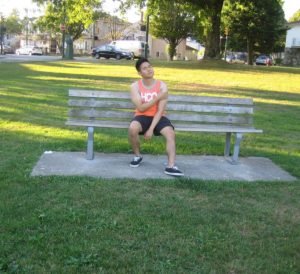Pityriasis alba is a prevalent, chronic, benign skin condition that typically affects adolescents and children. It is characterized by the formation of pale, whitish, hypopigmented patches on the face and skin in other body parts such as the upper trunk.
The cause of the condition is unknown, but it is linked with allergic ailments such as asthma and eczema.
Most of the attacks of pityriasis alba are present among individuals with lighter skin but evident among those with darker skin. Those who have brighter pigment in the skin might develop the condition with high frequency among those with darker skin. Among those with darker skin, the condition is more evident particularly during the summer and spring season.
Potential risk factors
- Asthma – this is an allergic respiratory ailment that causes difficulty breathing, typically among children.
- Hay fever – this is a common allergic condition characterized by itchy eyes, runny nose, sneezing and congestion
- Eczema – this is a chronic skin ailment defined by itchy and scaly rashes
- Excessively dry skin

Formation of light-colored patches on the chin, cheeks, around the mouth, shoulders, forehead, neck, upper arms and upper chest.
What are the signs?
The usual indications of pityriasis alba include:
- Formation of light-colored patches on the chin, cheeks, around the mouth, shoulders, forehead, neck, upper arms and upper chest.
- Flaking skin with scales
Management of pityriasis alba
The treatment for this skin condition typically includes:
- Application of moisturizers
- Dab on a mild, topical steroid cream to lessen the redness and itchiness
- Laser therapy and phototherapy
Preventive measures
The skin condition can be prevented with the following measures:
- Only use non-soap cleansers
- Regular application of a moisturizer
- Avoid or limit exposure to the sun by applying sunscreen with the right SPF
- Apply a cream or ointment that is unscented

